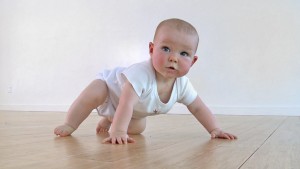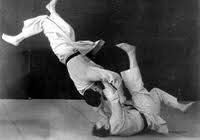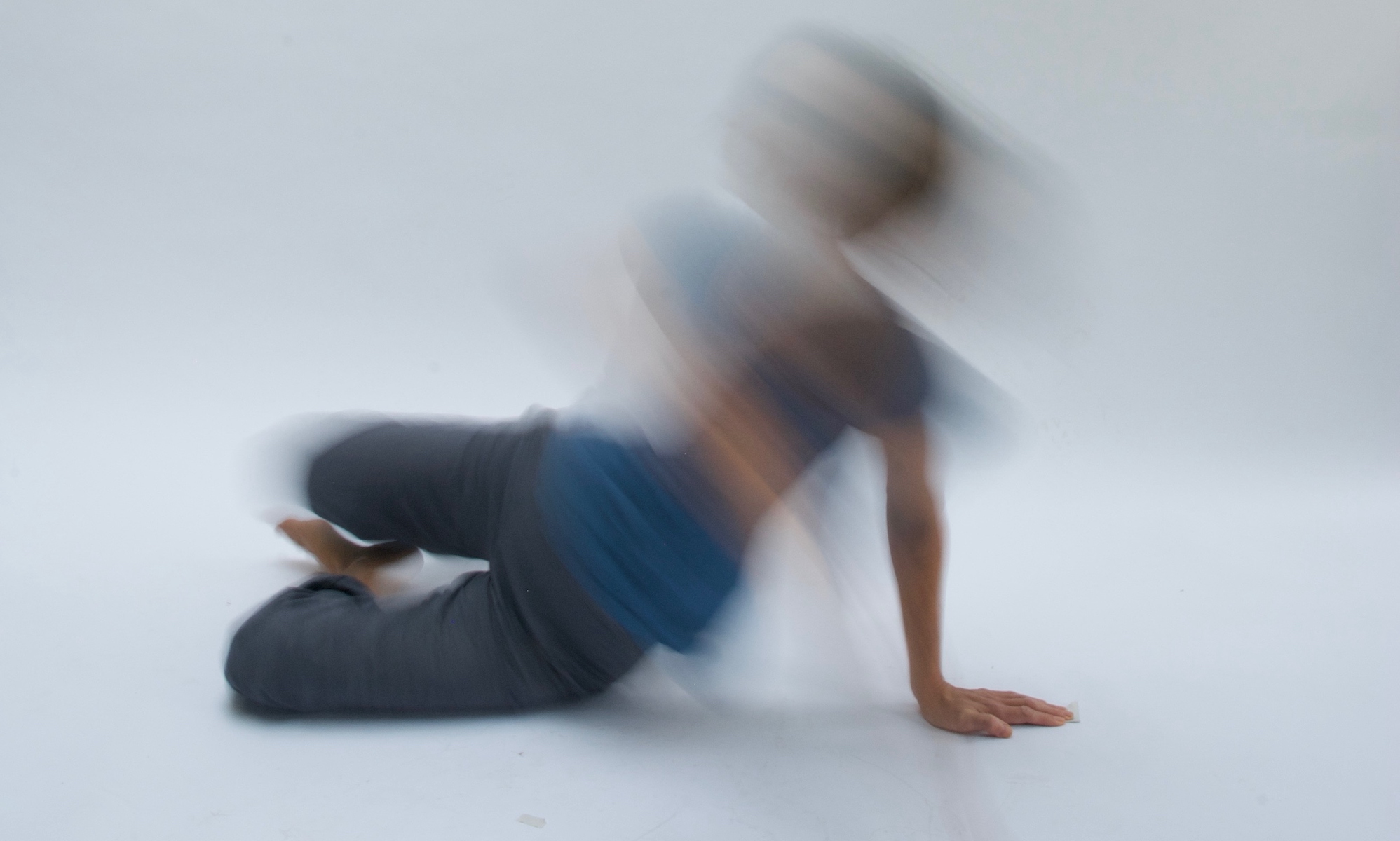HOW DID YOU LEARN TO MOVE?
PART 3: FLOOR TO STANDING: IMPROVING AGILITY
Feldenkrais Method workshop with Victoria Worsley
Saturday 28th April 10.30-4.30, £70/60conc
Dharma Shala, 92-94 Drummond Street, Euston, London NW1 2HN
Important: you don’t have to have done the previous workshops in the series – Each of these three workshops is valuable on its own. This is a purely practical and experiential exploration, using Feldenkrais Awareness Through Movement lessons.
Who is this workshop for?
- Anyone from any walk of life of any age wanting to improve their own comfort, ease and agility.
- An amateur or professional athlete, martial artist, free runner, dancer, acrobat, movement or sports coach interested in the fundamentals for and development of agility
- A new Mum or Dad curious about their child’s early learning or a professional working with children’s movement and development
Are there any requirements?
This workshop is suitable for anyone who can lie on their front and back, get up and down from and sit on the floor, plus be on their hands and knees or hands and feet for short periods without pain or too much discomfort. If one of these things is difficult or painful please contact me and we can discuss. You may still be able to enjoy much of the workshop even if you can’t do it all.
Why is it worth doing?
While we all have a human structure and live and move around in the same gravitational field, we have all developed our own unique way of using ourselves to stand, move and act that makes us instantly recognisable and gives us our personal style in everything we do. We did not emerge in the world with all of this wired in and ready to go, we learnt much of it in our first months in response to our experiences, desires, interests and challenges. While there is a generally similar species specific pattern to learning to move, no two children go through the early learning to walk and run and become dexterous in exactly the same way. Some sit sooner than others, some get going by rolling about and are not interested in sitting. Some are more right-sided, some left, some crawl on their belly, some go straight to hands and knees or even prefer hands and feet , some bottom shuffle, some bunny hop, some go straight to cruising and walking and some do pretty much any and all of it. And that’s leaving out the details of the quality of movement – sudden, languorous, hesitant, bold, more turned in, more outward and so on. Of course learning doesn’t stop once we have reached a certain stage. We go on to have experiences and interests and emotional journeys that form part of who we continue to become and how we tend to respond to the people and events in our lives.
However these early months are where we first work out how to operate within gravity: how we lift parts of ourselves away from the ground so that we can see more, orientate to sound, reach out or travel. In these months we learn how to lift, manoeuvre, balance and support our heavy head and pelvis and to control and direct our limbs, so that we can gradually become more upright in the world, see around ourselves better, move towards or away from people and things as we want, explore and discover our environment with more ease, and eventually develop speed and power.
These are also the fundamentals that underlie our ability as adults to learn more refined movement for life, sports, dance and martial arts. All more challenging uses of ourselves will be based on how well we can find support from the skeleton and the ground and organise our whole selves to move through space efficiently or create power ,and great benefit can be had from going back through simple early movements and transitions paying close attention to the ways we habitually approach these basics and discovering how we can improve them.
No one taught us in those first months, although they may have created conditions in which we could learn. As long as we are not prevented or discouraged, we experimented, explored, watched and found it out ourselves bit by bit. Similarly with the Feldenkrais Method, we will go through carefully crafted sequences that enables us once again to explore, open up, re-find and refine at least some of these fundamentals. How smoothly and in how many ways, for example, can you go from lying to sitting and back , without straining, holding your breath, using force or momentum, falling or bumping in any way? How many ways can you roll? How do you get from sitting to hands and knees and back easily without shuffling around or efforting, to squatting or kneeling? Ultimately to standing?
In the first workshop we looked mostly at rolling and lifting the head and eyes – basic curling and uncurling of the spine, finding support from the ground and beginning to organise the head and eyes to see around. In the second workshop we got into the wonderful phase of transitioning from lying to sitting, from sitting in one way to sitting in another, and from sitting to kneeling and crawling in a variety of ways, all of which address hip mobility, use of the pelvis and head, availability of the spine, control of weight and ability to transition smoothly. In the the third workshop, this continues into locomotion on hands and knees, hands and feet and getting to standing through re-visiting our old (often lost) skill of squatting. All this ability to move around easily on the ground and get to standing provides essential skill and agility for life, sport, fighting and dancing. We are beginning to see this recognised in newer methods of functional fitness such as Ido Portal’s method, Primal Moves and so on and Feldenkrais  understood it not only from developmental movement but from Judo’s groundwork – but of course it has always been true. The Feldenkrais Method’s Awareness Through Movement Lessons gives you the time and a structure to feel more clearly what is involved for yourself in these movements, to notice what you do – and what you miss – for yourself, to explore and develop in that childlike manner of trial and error, improvisation and discovery.
understood it not only from developmental movement but from Judo’s groundwork – but of course it has always been true. The Feldenkrais Method’s Awareness Through Movement Lessons gives you the time and a structure to feel more clearly what is involved for yourself in these movements, to notice what you do – and what you miss – for yourself, to explore and develop in that childlike manner of trial and error, improvisation and discovery.
Remember you don’t need to have done the first one. Come and enjoy.
Just text or email me to book and I will ask you for a 50% deposit to confirm your place, returnable up to 7 days before.
vicmworsley@gmail.com
0771 1088765

